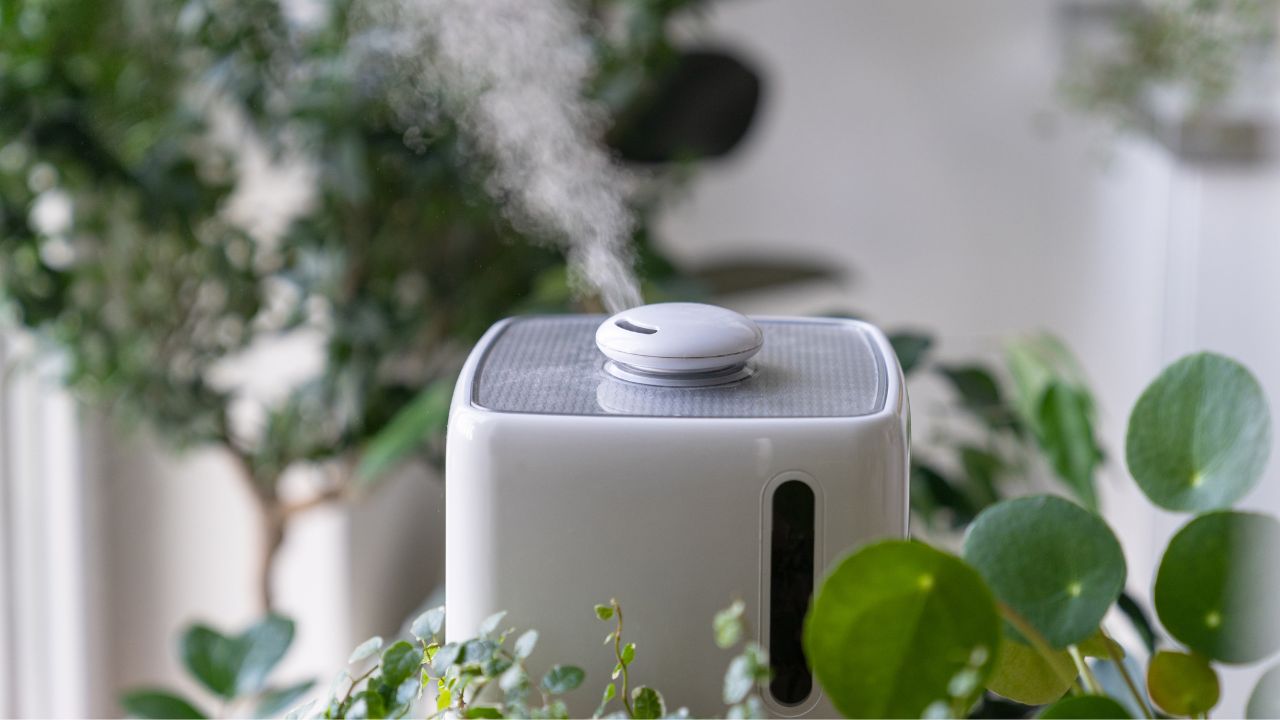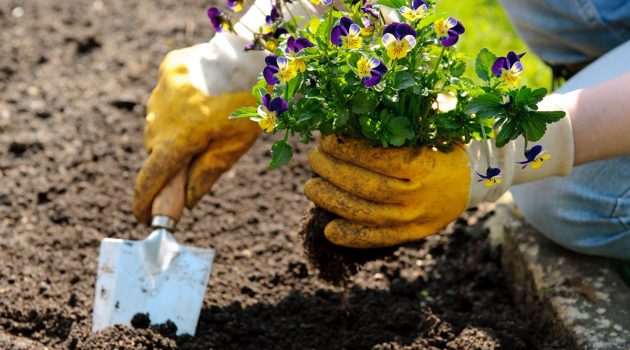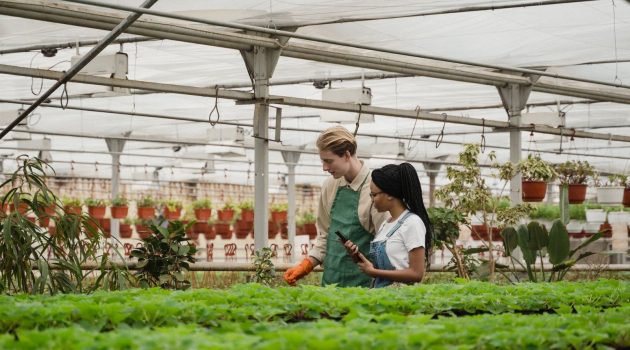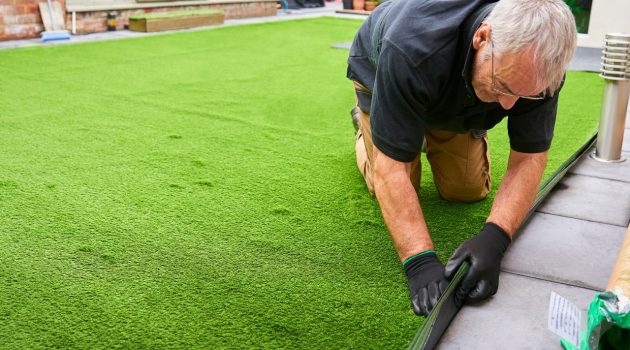Houseplants can greatly enhance the atmosphere of your home, but they also require proper care to thrive.
One essential aspect of maintaining your plants’ well-being is ensuring that they receive the right amount of humidity.
Different houseplants have varying humidity preferences, with tropical species often requiring higher humidity levels and arid-loving plants, such as cacti and succulents, needing less.
A humidifier can be a valuable tool to help maintain the ideal conditions for your indoor garden.
But where you place the humidifier in relation to your plants is crucial to their health.
Positioning it too close can lead to moisture buildup and potential issues, while setting it too far away may not provide the necessary humidity for your plants to flourish.
Finding the perfect placement for your humidifier is crucial in giving your plants the optimal environment they need to grow.
It’s typically recommended to place the humidifier approximately 3 to 6 feet away from your plants, adjusting the distance based on each plant’s specific humidity requirements.
This will ensure your lovely houseplants receive the ideal amount of moisture without any drawbacks.
1. Understanding Plant Humidity Requirements
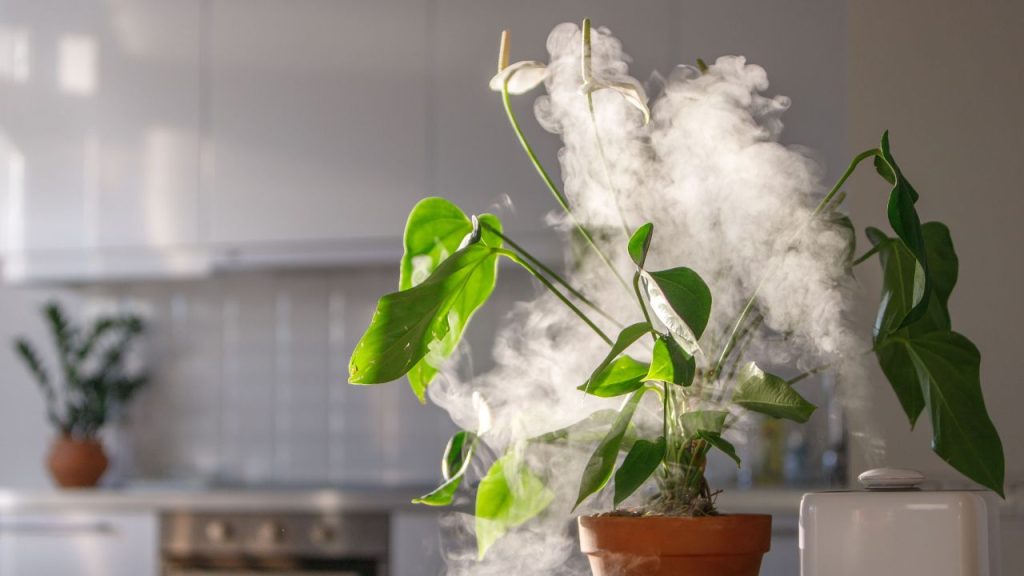
Some humidity-loving plants, such as ferns, orchids, and most tropical plants, generally prefer a humidity level of around 60-80%.
If you’re growing these plants indoors, providing them with a naturally humid area or using a humidifier to maintain proper moisture levels can improve their health and growth.
On the other hand, succulents and cacti are adapted to dry environments and prefer a lower humidity level of around 20-30%.
Overly high humidity can lead to various issues for these plants, including rot and poor growth.
Therefore, when caring for succulents, ensuring your home has adequate air circulation and isn’t overly humid is vital.
A general humidity range of 40-70% is often suitable for non-succulent plants in your home.
This range includes several common houseplants and provides a comfortable environment for them to grow.
To better monitor and maintain the humidity levels in your home, consider using a hygrometer, a device that measures the moisture content in the air.
READ MORE: How to Create an Urban Garden in Your Hipster Home
2. Factors to Consider When Positioning a Humidifier
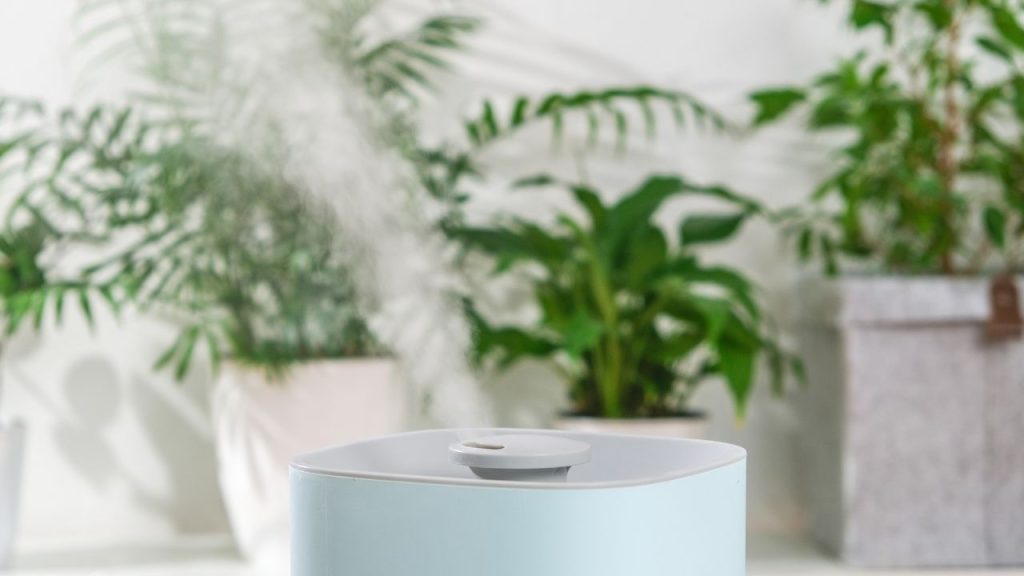
When positioning a humidifier for your plants, there are some important factors to consider.
Ensuring the ideal environment and air circulation will improve your plants’ health.
Air circulation
Maintain proper air circulation in the room by not placing your humidifier too close to vents, air conditioners, or heaters, as this can disrupt humidity distribution.
Additionally, ensure that it doesn’t block any sources of natural light your plants may rely on for growth.
Environment
Be mindful of factors such as sun exposure and daylight hours. Placing your plants near a window with sufficient sun exposure can be beneficial.
However, be careful not to place the humidifier too close, as direct sunlight might cause excessive evaporation and water loss.
Ceiling height
Higher ceilings or larger rooms may require more powerful humidifiers or multiple units to maintain the desired humidity levels.
Placing the humidifier in the corner of the room can help distribute humidity more effectively.
Soil moisture
Monitor the soil moisture in your plants to ensure they receive the right amount of humidity.
Remember that different plants have different requirements, so adjust the humidifier settings accordingly.
Ventilation
Good ventilation prevents potential mold growth and keeps the air fresh for your plants. Avoid placing your humidifier near stagnant air or areas with poor air circulation.
READ MORE: 20 Best Plants to Add Humidity: A Friendly Guide for Healthier Air
3. Grouping Plants for Improved Humidity
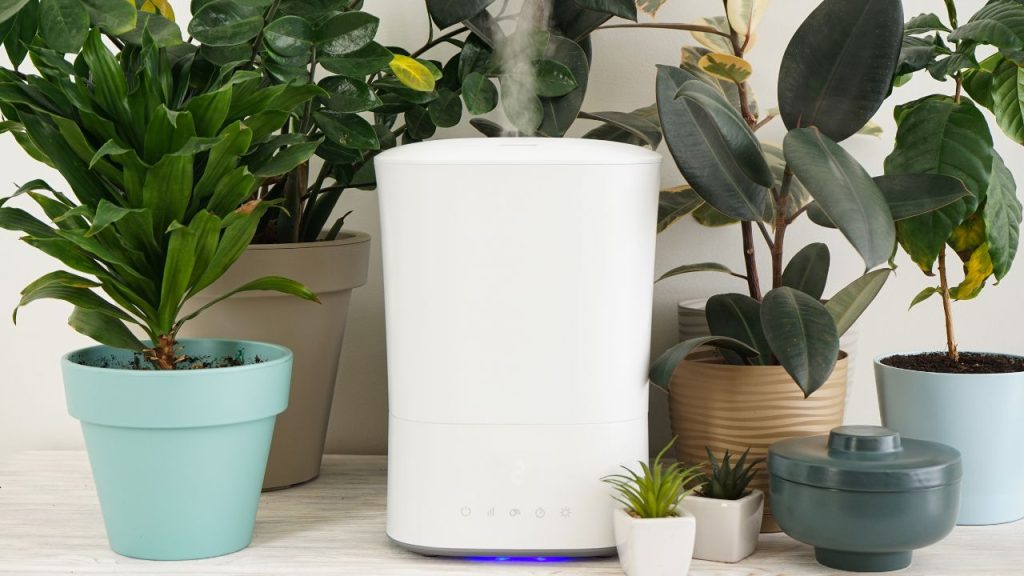
Grouping your plants can be a simple and effective way to improve humidity in their environment. Plants naturally release moisture through a process called transpiration.
Placing plants with similar humidity requirements close together creates a microclimate, benefiting each other through increased moisture levels.
To begin, assess the humidity requirements of your plants.
Different species may have different needs, so it’s essential to select plants that require a similar humidity level to avoid issues with over-humidifying or subjecting more sensitive plants to excessive moisture.
Once you’ve determined which plants to group, arrange them in a way that allows for proper air circulation, and ensure sufficient space between each plant so as not to overcrowd them, as this can cause issues such as pest infestations or diseases.
Also, consider factors like lighting requirements and pot size when deciding on the best placement for each plant within the group.
Incorporate plants with large leaves into your grouping.
These plants tend to release more moisture through transpiration, which can aid in raising the humidity level within the group.
Additionally, if you’d like to amplify the benefits of this method, consider placing a shallow dish or tray filled with water near the plants.
As the water evaporates, it will provide an extra boost to the humidity levels.
READ MORE: 10 Best Evaporative Humidifiers
4. Safety Considerations for Humidifier Placement
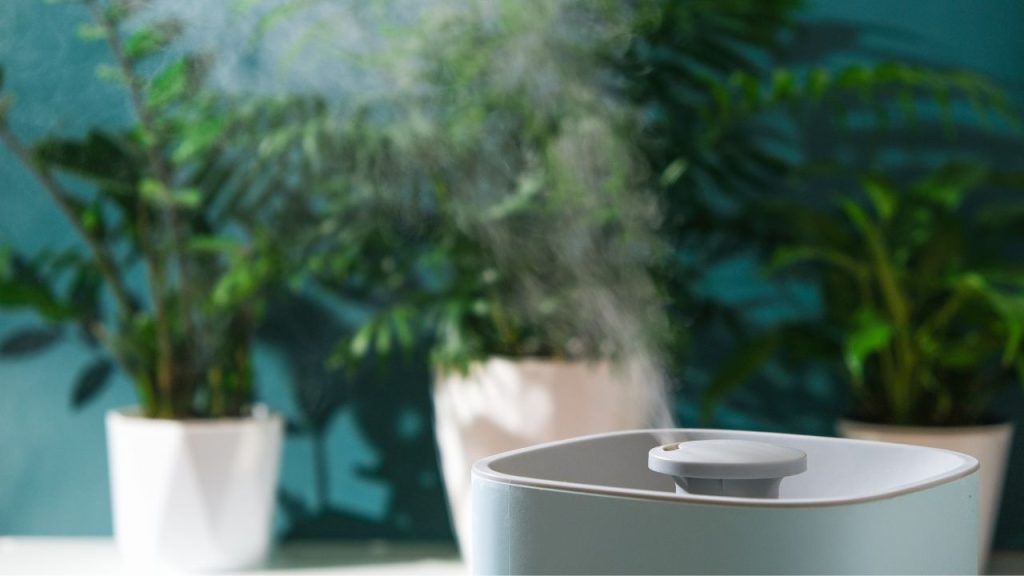
When setting up your humidifier for your plants, it’s important to keep a few safety considerations in mind. This will help ensure you, your plants, and your home stay safe.
Since a humidifier adds moisture to the air, it’s possible for excess moisture to cause damage to electronics in the area.
Keep your humidifier safe from any electronic devices to prevent any issues.
Water and electricity don’t mix well, so be careful when positioning your humidifier close to electrical outlets.
Ensure the unit isn’t too close to the outlet to avoid potential hazards.
Using a dedicated outlet for your humidifier instead of sharing it with other appliances is also a good idea to reduce the risk of overloading the circuit.
Extension cords can be useful when you need to bring power to your humidifier, but they can also pose a fire hazard if not used properly.
If you use an extension cord, ensure it’s the correct type for your humidifier. Check that it’s rated to handle the wattage of your device.
Keep cords neat and organized to prevent any tripping hazards, and never run them under carpets or rugs, as this can lead to overheating and potentially a fire.
Remember that regular maintenance is necessary for the well-being of both your plants and your humidifier.
Clean your humidifier as instructed by the manufacturer to ensure proper function, prevent mold and bacteria growth, and avoid any malfunctions that could pose a safety risk.
By following these safety guidelines, you’ll be able to provide the best care for your plants while keeping your home hazard-free.
Happy humidifying!
READ MORE: Best Heater-Humidifiers Combo
Frequently Asked Questions
How close should a humidifier be placed to plants?
Place the humidifier in the same room as your humidity-loving plants but not too close. The moisture should not condense on the leaves. If you need more clarification about your home’s humidity level, use a hygrometer for accurate measurement.
Should the humidifier run during the day or night for plant growth?
It is typically best to run your humidifier during the day when plants undergo photosynthesis and transpiration. However, you can run it at night if the humidity is too low. Monitor your plants’ health and environment to determine the most suitable schedule.
Do plants benefit more from a warm or cool-mist humidifier?
Both types of humidifiers can benefit your plants by increasing the humidity levels in the space. The choice depends on the specific plant’s requirements and the overall conditions. For example, tropical plants may appreciate a warm mist, while a cool mist may be better for other plants. Research your plant’s preferences and adjust accordingly.
How long should a humidifier be left on for optimal plant health?
There is no set time for how long a humidifier should be left on, as it varies depending on factors like the plant’s natural habitat and the surrounding conditions. Continuously monitor your plants and the humidity levels to determine the ideal duration. Adjust as needed to maintain proper humidity for your plants to thrive.
Is a small or large humidifier better for plants?
The humidifier’s size depends on your specific needs, such as the number of plants you have and the space in which they are located. A small humidifier may be sufficient for a few plants or a small room, while a larger space with numerous humidity-loving plants may require a larger unit.
Can a DIY humidifier be effective for maintaining indoor plant humidity?
Yes, a DIY humidifier can help maintain indoor plant humidity. Simple methods like using a tray of water, a sponge, or damp pebbles near your plants can boost humidity levels. However, a commercial humidifier may be a more effective option for greater control and consistency.
